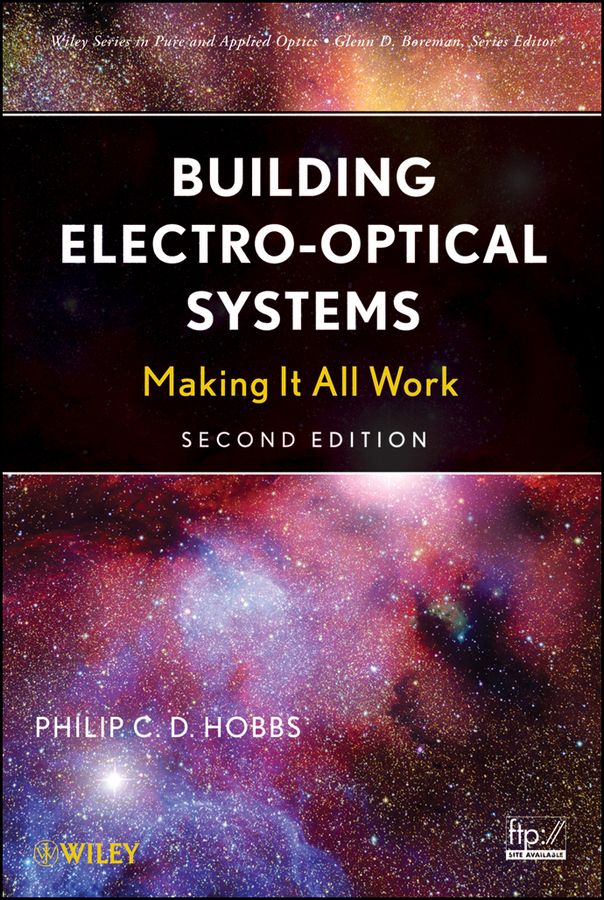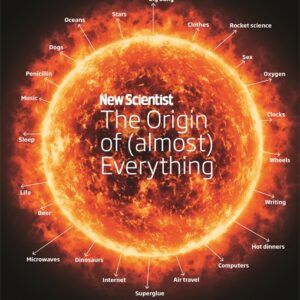<b>Praise for the <i>First Edition</i></b> <p>”Now a new laboratory bible for optics researchers has joined the list: it is Phil Hobbs’s <i>Building Electro-Optical Systems: Making It All Work</i>.”<br /> —<b>Tony Siegman</b>, <i>Optics & Photonics News</i></p> <p>Building a modern electro-optical instrument may be the most interdisciplinary job in all of engineering. Be it a DVD player or a laboratory one-off, it involves physics, electrical engineering, optical engineering, and computer science interacting in complex ways. This book will help all kinds of technical people sort through the complexity and build electro-optical systems that just work, with maximum insight and minimum trial and error.</p> <p>Written in an engaging and conversational style, this <i>Second Edition</i> has been updated and expanded over the previous edition to reflect technical advances and a great many conversations with working designers. Key features of this new edition include:</p> <ul> <li> <div>Expanded coverage of detectors, lasers, photon budgets, signal processing scheme planning, and front ends</div> </li> <li> <div>Coverage of everything from basic theory and measurement principles to design debugging and integration of optical and electronic systems</div> </li> <li> <div>Supplementary material is available on an ftp site, including an additional chapter on thermal Control and Chapter problems highly relevant to real-world design</div> </li> <li> <div>Extensive coverage of high performance optical detection and laser noise cancellation</div> </li> </ul> <p>Each chapter is full of useful lore from the author’s years of experience building advanced instruments. For more background, an appendix lists 100 good books in all relevant areas, introductory as well as advanced. <i>Building Electro-Optical Systems: Making It All Work</i>, Second Edition is essential reading for researchers, students, and professionals who have systems to build.</p>
Building Electro-Optical Systems
₹13,694.00
Making It all Work
This book is currently not in stock. You are pre-ordering this book.




